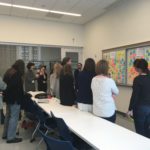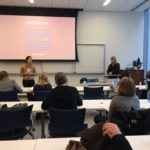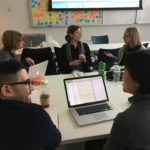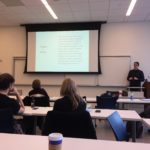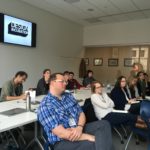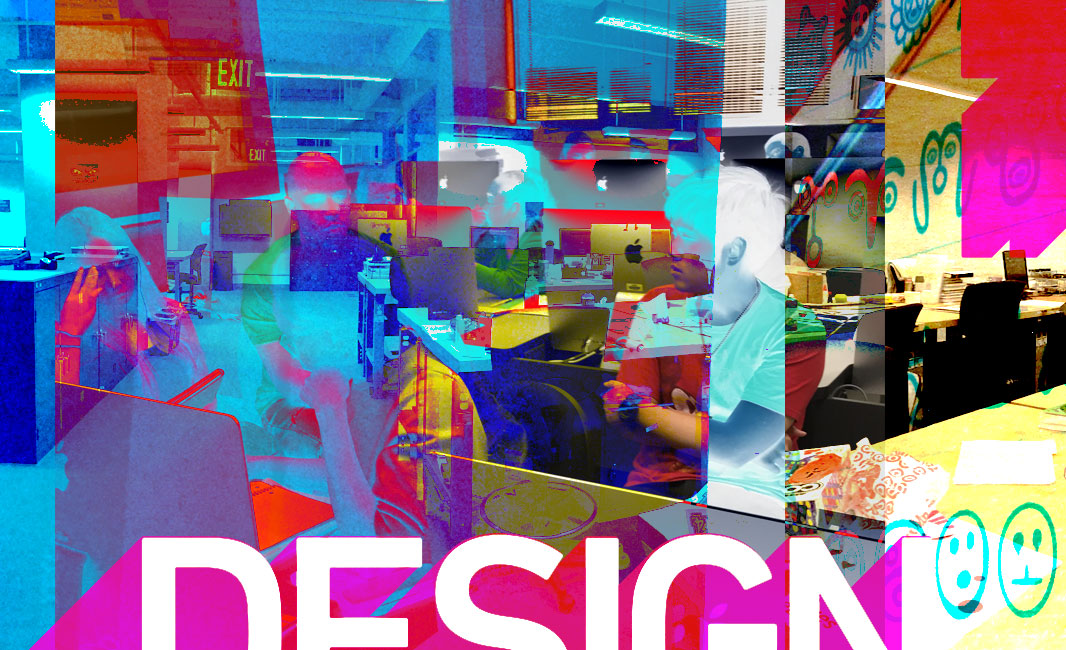January 12 –14, 2017. New York City. A three-day workshop facilitating academic writing and publishing for designers.
The Fellowship Program at Design Incubation
The mission of Design Incubation is to support and facilitate the development of research in the field of communication design. The organization works with academics and practitioners to create scholarly discourse and publications focused on creative projects, critical analysis, historical perspectives, technological advances and other topics relevant to design studies.
Visit the Fellowship Program Format page for details on the fellowship and program format.
Application Deadline: September 1, 2016. Visit the Fellowship Application page for details to apply.
2017 Design Incubation Fellowship
January 12 –14, 2017
St. John’s University’s Manhattan campus
Program Agenda
The 2017 Design Incubation Fellowship Workshop will include sessions with Elizabeth Guffey, Professor of Art and Design at SUNY Purchase and author of Posters: A Global History and Retro: The Culture of Revival and Maggie Taft, Managing Editor of the journal Design and Culture as well as guest appearances by a number of authors and publishers. Aaris Sherin is director of the Design Incubation Fellowship program. Sherin is a Professor of Graphic Design at St. John’s University in New York and author of a number of books including her most recent titles Elaine Lustig Cohen: Modernism Reimagined and Sustainable Thinking: Ethical Approaches to Design and Design Management. (See below for schedule.)
2017 Fellows List
Peter Lusch
Assistant Professor
Penn State University
Dori Griffin
Assistant Professor
Ohio University School
Sherry Saunders Freyermuth
Assistant Professor
Lamar University
Zachary Kaiser
Assistant Professor
Michigan State University
Yeohyun Ahn
Assistant Professor
Valparaiso University
Pouya Jahanshahi
Assistant Professor
Oklahoma State University
Jennifer Vokoun
Assistant Professor
Walsh University
Lillian Crum
Assistant Professor
Lawrence Technological University
Jessica Hawkins
Assistant Professor
Centenary College of Louisiana
Kimberly Hopkins
Lecturer
Towson University, CA
Danielle Fouschee
Assistant Professor
Arizona State University
Joshua Korenblat
Assistant Professor
State University of New York at New Paltz
George Garrastegui
Assistant Professor
New York City College of Technology
Program Schedule
Schedule: Design Incubation Fellowship Workshop 2017
January 12-14 2017
Location: St. John’s University Manhattan Campus, 101 Astor PL, New York
Facilitators: Aaris Sherin, Maggie Taft and Elizabeth Guffey
Hosts: Liz Deluna and Dan Wong
Featured presentations by: Aaris Sherin, Andrew Shea, Elizabeth Guffey, and Robin Landa
Day 1: Thursday, January 12th
9:00-12:30PM Introductions. Structuring Scholarship: presentation by Aaris Sherin
12:30PM Lunch
1:30-5:30PM Writing for Journals workshop session with Maggie Taft, Managing Editor of Design and Culture
Day 2: Friday January 13th
9:00-12:30PM Break out session / working groups:
12:30PM Lunch
1:30-2:00PM Presentation: Andrew Shea, Assistant Professor at Parson’s School for Design, author of Design for Social Change and founder of the design studio MANY
3:30-5:30PM Breakout sessions and 1 year planning
Day 3: Saturday January 14th
9:00-12:30 Breakout session / working groups
12:30PM Lunch
1:30-2:00PM Presentation: Robin Landa, Distinguished Professor Robert Busch School of Design Michael Graves College and author over twenty books including Nimble: Creative Thinking in the Digital Age
2:00-2:30PM Presentation: Elizabeth Guffey, Professor of Art & Design History, State University of New York at Purchase, author of Posters: A Global Perspective, Retro: The Culture of Revival and founding editor of Design and Culture
3:00-4:30PM Presentation of participant’s work/progress. Feedback and wrap up
6:30PM Group Dinner (attendance optional)
Please note: Schedule is tentative and is subject to change.
Like this:
Like Loading...



